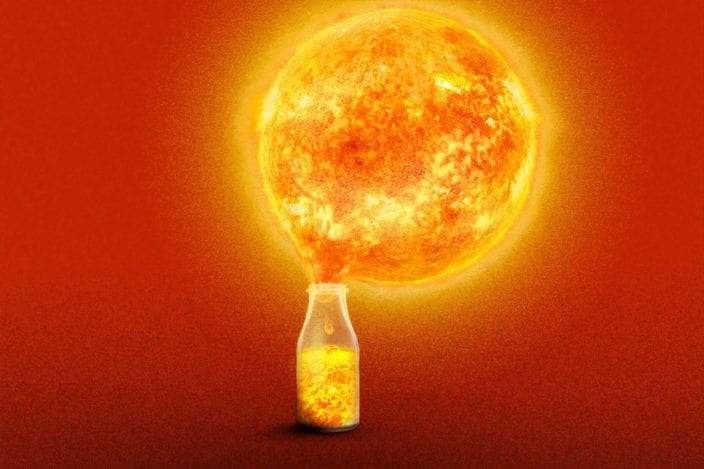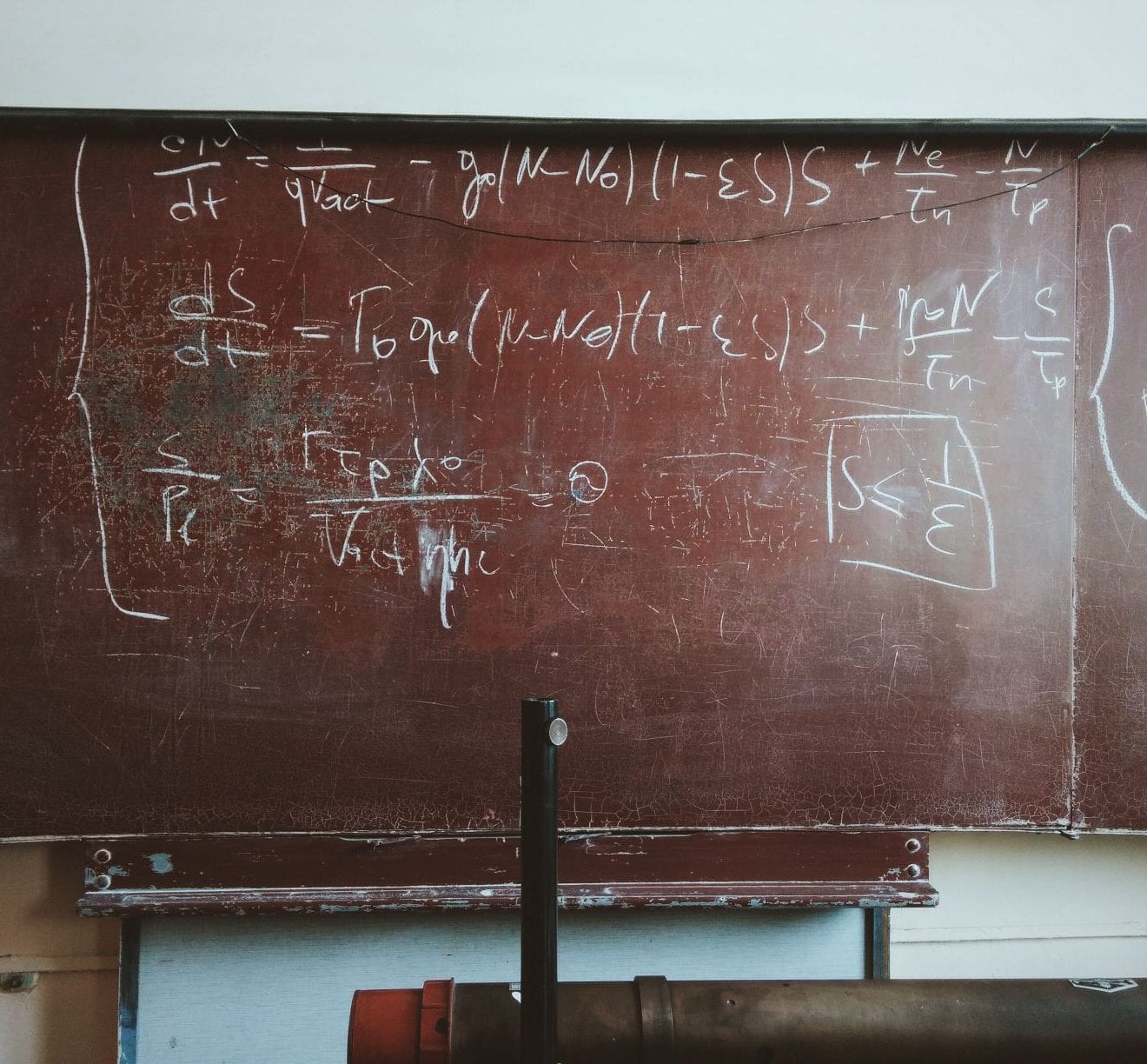Physics Lessons for Leaders in a Covid World
At a recent Originize group meeting my good friend Si Alhir observed:
“Reality will have it’s way with you regardless”.
It was an ‘aha moment’ for me. If Si is correct then tuning into reality, dancing with and having fun with reality can pay big dividends as we bypass pointless resistance and distracting fantasies about what should be.
To make use of the idea here are some questions that arise:
What is reality?
To answer this question, let us look at what physics might suggest.
Since we interpret reality through our physical existence it is worth noting that all matter (including us and the planet) is made of condensed or frozen light. Gerald Schroeder observed, all matter is made of light patterns that move at less than the speed of light. When matter speeds up it ultimately becomes light.
There is an invisible electromagnetic field, ‘a fundamental force’ that Richard Feynmann credited with lying ‘behind the solidity of everything we can see’.
Our minds with their incoming ideas and outgoing thoughts are organised into wave-particles of light (that can be captured and transmitted around the globe at the speed of light. This is evident when we use Zoom or a mobile phone to converse with others across the world in real-time).
Physical existence and information are inextricably linked as particle and wave. One does not exist without the other and each influences the other. From Scientific American (2004),
‘every photon and other elementary particle stores bits of data and every time two such particles interact those bits are transformed.’
This suggests that from the perspective of physics, reality is simple, and it is our thinking that makes it complex. I suspect this complexity arises from our instinctive perception that we are separate from everything that surrounds us; a perception which physics suggests is false or not real.

Who am I (or you) in the context of reality?
Even in a universe of zero separation – it feels like we need some sense of self (identity) to bring awareness to our existence and manage our relationship with reality.
Margaret Wheatly identifies information as the bridge between life and reality or between identity and form when she states:
‘Life uses information to organise matter into form, resulting in all the physical structures we see. The role of information is revealed in the word itself – “in-formation”’.
Information is the equivalent of Feynmann’s ‘fundamental force’ that binds everything together.
Perhaps we can take the analogy further – in chemistry, a charged particle is called an ion. When our inner and outer worlds conflict (when our expectations don’t match our experience) we experience emotion or “emot-ion”. The further our inner and outer worlds are polarised from each other the greater the tension or “tens-ion” we experience. Could it be that the keys to understanding reality are buried in the language we use?
Separation is unnatural, it is unreal, and when we experience separation, we enter an agitated (or ionic) state. We are wired to restore order (or equilibrium) by connecting with the opposite of our experience; just as an anion (positively charged ion) will seek to combine with its opposite (a cation) to form a salt.
This urge to seek the opposite is explained by Thomas M. Mandel with;
“complementarity is the most fundamental dynamic in our conscious construction of reality”.
This suggests that connecting with reality requires connecting with both sides of everything. One-sidedness destabilises us and makes us agitated. Wisdom is seeing both sides. All truths are ultimately paradoxical.
It strikes me that the stoic wisdom of Epictetus has stood the test of time with his observation that;
“Zeus has ordained that there be summer and winter, plenty and poverty, virtue and vice and all such opposites for the sake of the harmony of the whole”.
What are the implications of working with reality?
Working with reality gives us a better ability to cope – particularly in this world of unprecedented uncertainty. Uncertainty stems from our inability to compare our present experience (think pandemic, Black Lives Matter, climate change) with anything we have experienced in the past.
In a chaotic and emergent world fixed long term plans imposed by a hierarchy will not work. Conventional strategy is largely pointless. Prescriptive role and task descriptions derail us. Reality will have its way with us regardless of our plans and fixed ideas!
Physics tells us that relationships determine reality. As Heisenberg characterises it;
“[reality] appears as a complicated tissue of events in which connections of different kinds alternate or overlap or combine and thereby determine the texture of the whole”.
Connecting with reality means relinquishing crude attempts to exert control because control mechanisms reflect one-sided thinking. Instead, we must learn to work with much more powerful forces – invisible information forces (analogous to electromagnetic fields) such as vision, purpose and values.
This means giving up on the illusion of predictability and learning to work with potentiality. As Wheatley puts it:
“in the quantum world there is no need to decide between two things pretending they are separate….systems influence individuals and individuals call forth systems. It is the relationship that evokes the present reality”
What might ‘fit for reality’ organisational leadership look like?
In the quantum world matter develops a relationship with the observer and changes to meet his or her observations in an iterative dance. There is no objective truth.
While this may appear alarming it might actually be reassuring and empowering because as Karl Weick notes it shows that “the environment that the organisation worries about is put there by the organisation”. We created the environment – therefore we can change the environment.
Reality invites us to get better at facilitating process. This means getting better at listening, conversing, respecting one another’s uniqueness because these are fundamental to healthy relationships. The vitality of the relationships within the organisations will determine its creative potential.
In addition to our ability to analyse and predict we need to learn to engage directly with what is happening now so that we can learn faster from what just happened. Organisational strategy becomes “just-in-time” and “just-in-case” supported by more investment in general knowledge, diversity, the ability to do a quick study and the capacity to respond to intuition.
The challenge might be to embrace reality from the start of the dance – and not as something that we become impelled to succumb to at the end of resistance and when our fantasies have exhausted themselves.
“The real trick of life is not to be in the know but to be in the mystery” Fred Alan Wolf
The Originize Project
The idea for this article was inspired by my participation in the Originize Project. Orginize is dedicated to helping leaders to be more effective by creating participatory conversational experiences that reduce the gap between fantasy and reality. Read more about the Originize project.
Read about Bridging the Reality Gap – moving from discussion to dialogue.
Contact me for a conversation..

Share this on...